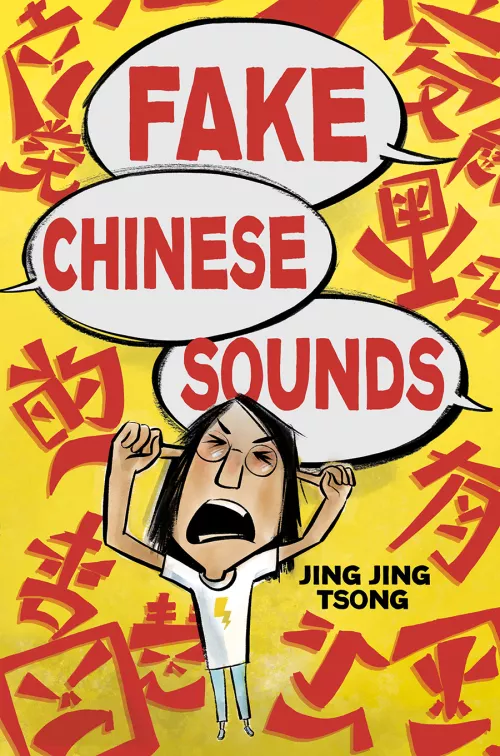Share this book
Měi Yīng and her grandmother find ways to connect even though Měi Yīng’s Mandarin isn’t the best and Năi Nai doesn’t speak English. Doing tai chi together in the mornings is one way they connect to each other. Tai chi also helps Měi Yīng learn to connect to her inner strengths.
Talk with students about tai chi. Are they familiar with this practice that originated as an ancient martial art in China and involves a series of slow gentle movements and physical postures, a meditative state of mind, and controlled breathing? Have they ever tried tai chi? What does Měi Yīng think about tai chi when Năi Nai introduces her to the practice?
To celebrate your students reading Fake Chinese Sounds (or as a way to encourage students to read it!), invite a teacher of tai chi to your classroom to introduce it to your students. Or introduce it yourself—especially if you are familiar with the practice—or share videos that both you and your students can learn from to slow down, focus on breathing, and appreciate being centered.
Questions for Discussion or Reflective Writing
- Despite a language barrier, what ways do Měi Yīng and Năi Nai find to connect and bond? What does Měi Yīng learn from her grandmother? How did Měi Yīng’s relationship with her mother change after the visit with her grandmother?
- What do you think Měi Yīng’s teacher means when she says,"I love working with Chinese students. You are all such hard workers."? How does Měi Yīng feel about it? How did Měi Yīng feel when she overhears people talking about her mother? What other microaggressions does Měi Yīng experience? Has someone ever said something about your identity that made you feel insulted or slighted? What was said to you? How did it make you feel? How did you respond to what was said? How did you feel afterwards?
- How does Měi Yīng feel when her friends tell her to ignore Sid’s comments and his “fake Chinese sounds”? What do you think about the advice her mom gave her? What advice would you have given to Měi Yīng?
- How does Jing Jing Tsong’s use of color help you understand how Měi Yīng is feeling? How do the art style and text work together to communicate the story?
Related Resources
How AAPI Thinkers are Redefining Asianness from Facing History & Ourselves
Find Your Center | Dance to Success from PBS Learning Media
10 basic Tai Chi movements for kids (script and video) from Rainbow Light Therapies
Tai Chi Is a Workout for the Brain and Body from the New York Times
More Titles to Try
Stay on top of current education news



